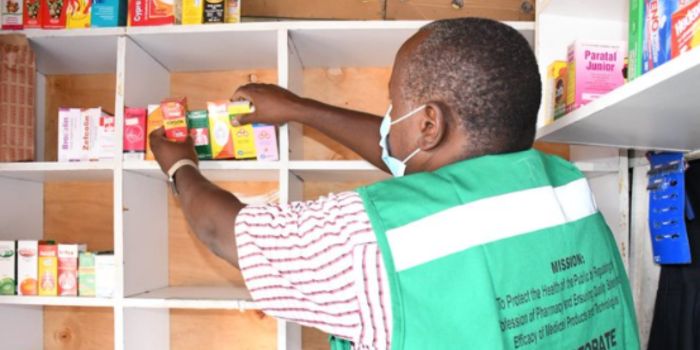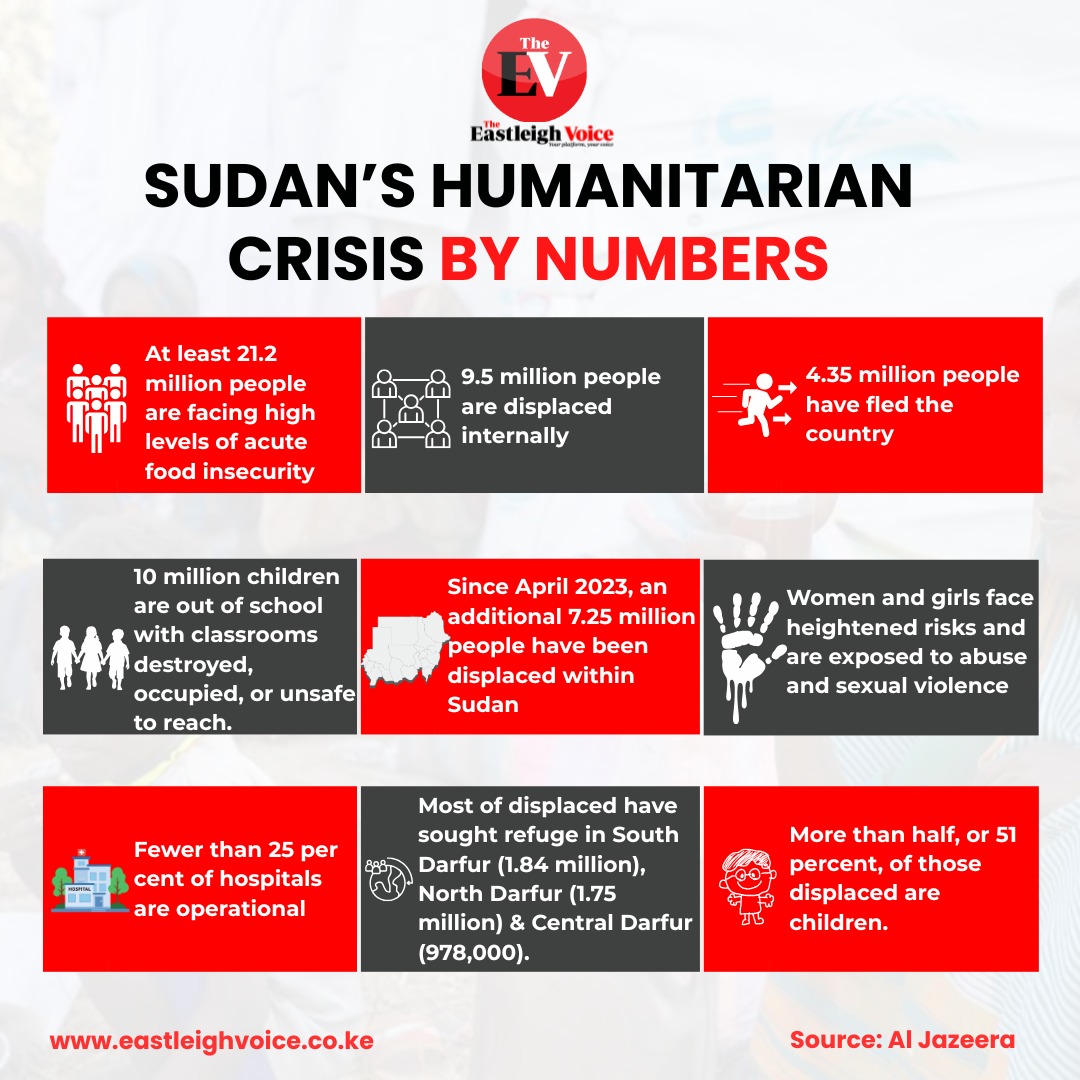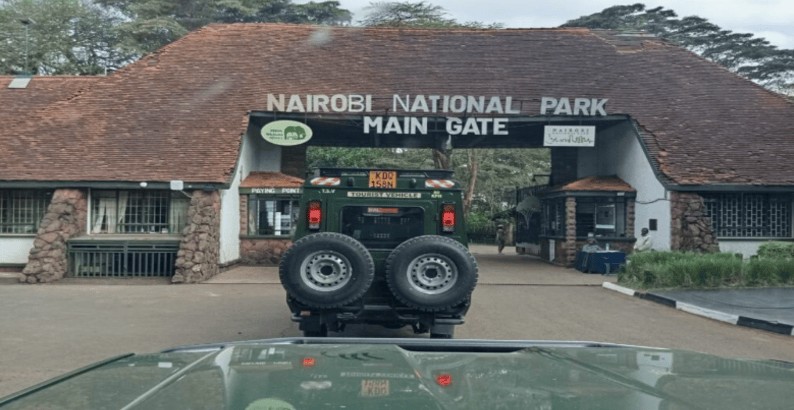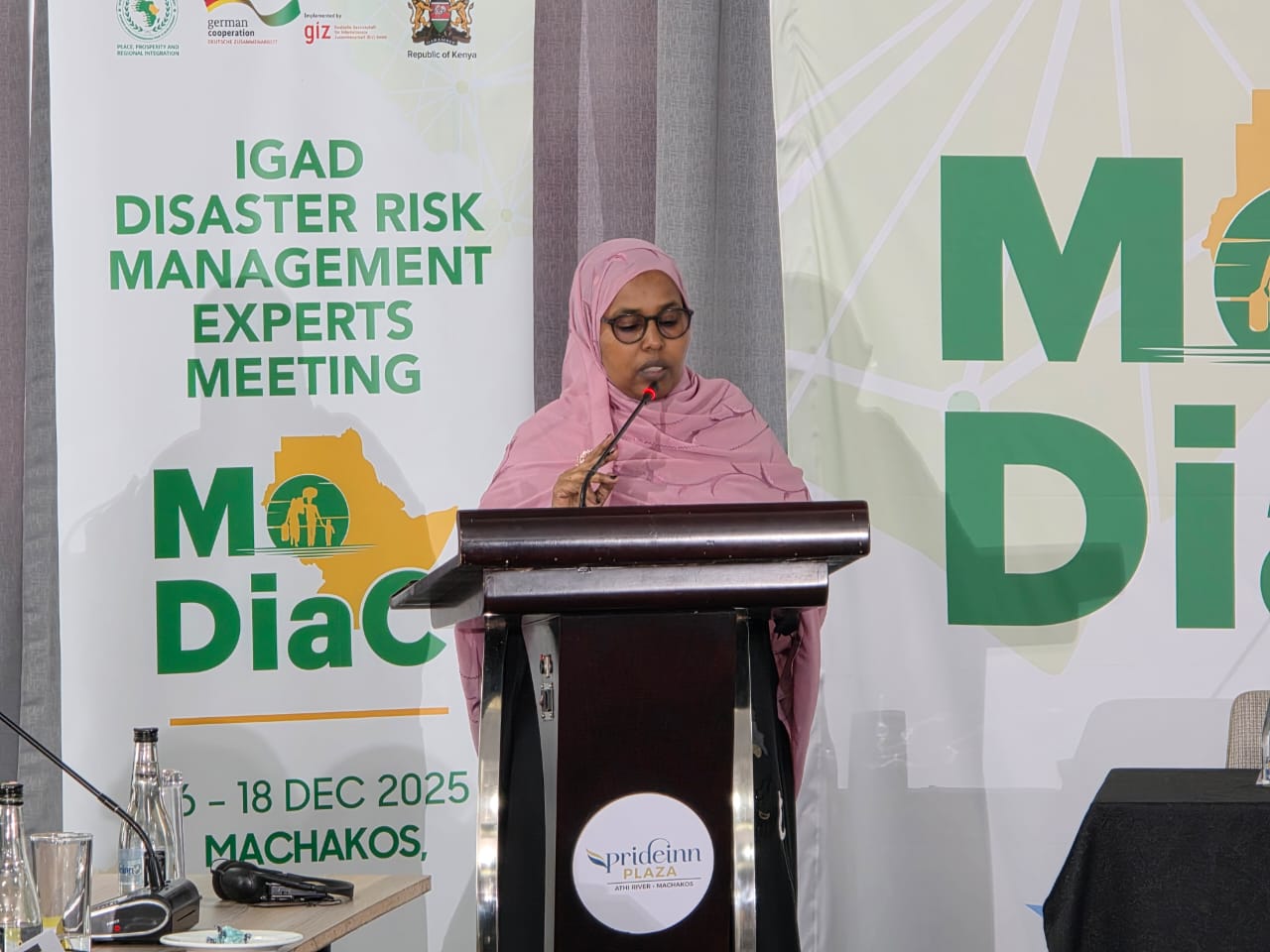North Eastern region on alert as drought worsens, prompting water trucking efforts
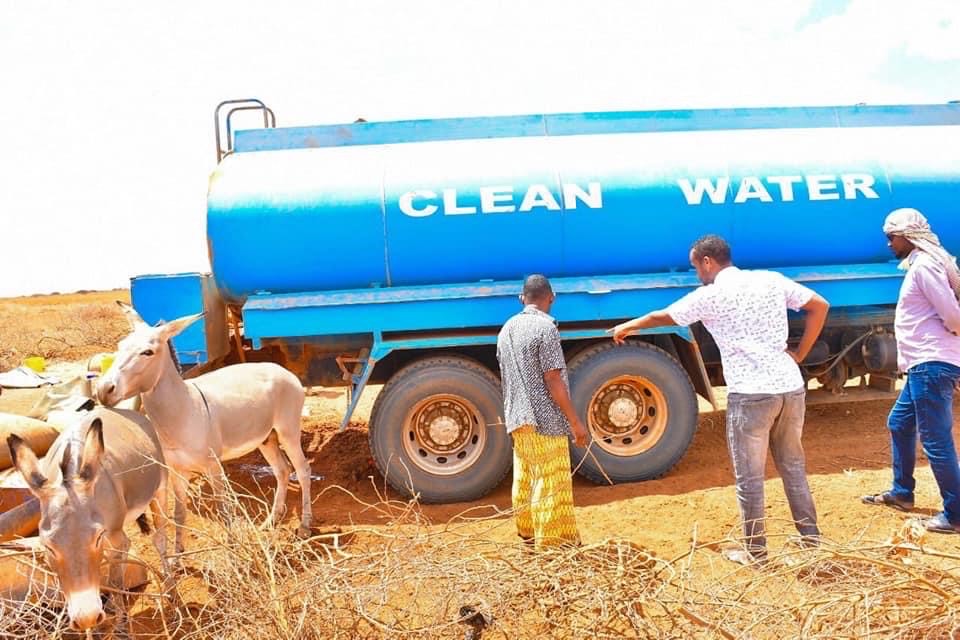
Garissa and Wajir, with support from the NDMA and donor partners, have launched water trucking efforts to alleviate human suffering due to water shortages.
Counties in the north-eastern region of Garissa, Wajir, and Mandera are now in the alert phase of drought following a prolonged dry spell that has dried up water pans.
The National Drought Management Authority (NDMA) November drought situation update reveals that these counties are experiencing drought alert phases.
More To Read
- Kenyans get December water relief as agency suspends all disconnections
- Factory farming in Africa: Development banks see it as a good idea, but it’s bad for the climate
- Somalia declares drought emergency as millions face hunger after failed rains
- WFP warns of hunger crisis in Nigeria as 35 million face food shortages
- Somalia faces worsening hunger with millions needing assistance
- North Eastern Commissioner urges multi-sectoral cooperation to bolster regional security
Garissa and Wajir, with support from the NDMA and donor partners, have launched water trucking efforts to alleviate human suffering due to water shortages.
Abdinoor Jelle, the NDMA coordinator for Garissa County, noted that the county’s Rapid Response team has been activated to tackle the water crisis caused by the drought.
“Water pans have been depleted, and existing boreholes are now overused by both humans and livestock, leading to breakdowns,” he said.
Abdinoor added that a response team, including donors, and the county and national governments, will address borehole breakdowns and deploy water trucks to all areas affected by the prolonged dry conditions.
He also reported that water storage facilities have been provided to severely impacted areas where trucks will supply sufficient water, while cash transfer programmes by the World Food Programme, the Pastoralist Girls Initiative, and the NDMA are ongoing to support pastoralist communities through the drought.
 Garissa Deputy Governor Abdi Dagane addressing Garissa Water Rural Supply company officials on Saturday. (Issa Hussein)
Garissa Deputy Governor Abdi Dagane addressing Garissa Water Rural Supply company officials on Saturday. (Issa Hussein)
Garissa Deputy Governor Abdi Dagane announced on Saturday that the county government would intensify its water trucking efforts in light of the drought alert.
Speaking at a performance improvement Action Plan development workshop for the Garissa Rural Water Supply Company in Garissa town, the deputy governor confirmed that the county has begun water trucking and supplying water storage tanks, including collapsible ones, to alleviate the crisis in affected rural areas.
“We have started trucking water to 217 affected areas, and our engineers are on standby to address borehole breakdowns caused by prolonged operation as water pans dry up,” he said.
Last week, Wajir County initiated an assessment of the prolonged dry spell's impact.
Yahya Mohamed Dahiye, the county’s chief officer for water, who led the assessment team, revealed that many sub-counties are facing water shortages due to dried-up water pans and borehole breakdowns.
He assured pastoralist communities that water trucking efforts would be intensified and boreholes would be promptly operationalised.
The September 2024 County Vegetation Index by the NDMA indicates that several wards in Garissa County are experiencing moderate vegetation deficits, while Sankuri, Saka, and Nanighi wards report severe deficits.
The NDMA report further states that livestock are now travelling an average of 18.4 km from grazing areas to water sources, up from 15.9 km the previous month, which is 17 per cent above the normal range and 38 per cent higher than the long-term average for this time of year.
The report also notes that, while the general body condition of livestock remains fair for this time of year, lactating animals are showing signs of deteriorating health due to poor-quality forage in the rangelands.
The situation has also impacted livestock market prices and milk production.
Top Stories Today




